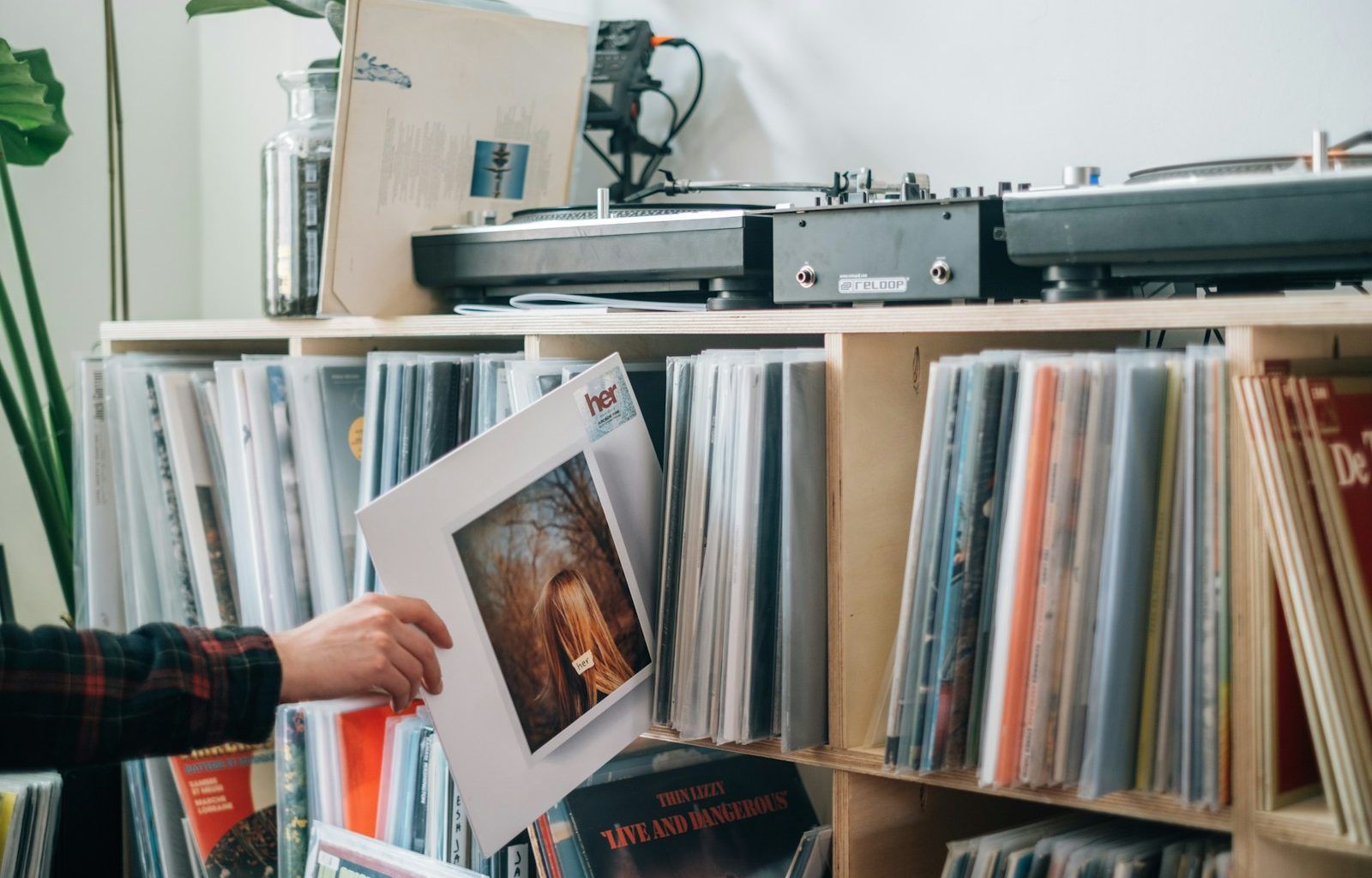What Makes Advisory Album Covers So Unique?
Advisory album covers are more than just an artistic front for music albums—they’re visual storytellers. They grab your attention, provoke thought, and sometimes even spark controversy. Whether it’s a bold design or a subtle image, these covers often become iconic symbols of the music they represent. Think of your favorite album. Chances are, its cover is etched in your memory as much as the songs themselves.
These covers frequently feature the well-known “Parental Advisory” label. While this label is a simple warning about explicit content, it has evolved into a cultural icon in its own right. For fans, it signals bold and unfiltered artistry. For others, it’s a warning. Either way, it creates a sense of intrigue that pulls people in.
But advisory album covers aren’t just about the label. They’re about the stories they tell and the emotions they evoke. So, why do these covers hold such a special place in music culture? Let’s dive in.
The History Behind Advisory Album Covers
To understand advisory album covers, we need to go back to the 1980s. This was the era when the “Parental Advisory” label first appeared, thanks to the Parents Music Resource Center (PMRC). The PMRC was concerned about explicit lyrics in music, particularly in rock and rap. Their solution? A label to warn parents.
But instead of deterring listeners, the label often had the opposite effect. For many fans, it became a badge of rebellion—a sign that the music was daring, raw, and authentic. Artists soon began to embrace the label, even designing their covers to highlight it.
One of the earliest albums to feature the advisory label was Prince’s Purple Rain. Since then, countless iconic albums have followed suit. From N.W.A.’s Straight Outta Compton to Nirvana’s Nevermind, advisory albums covers have played a crucial role in shaping music culture.
The Creative Process Behind Album Covers
Designing an advisory album cover isn’t just about slapping on a label. It’s a carefully thought-out process. Artists and designers work together to create a visual representation of the music. Every detail, from the color scheme to the typography, matters.
For advisory album covers, the challenge is even greater. The design needs to complement the bold and sometimes controversial nature of the music. Take Eminem’s The Marshall Mathers LP, for example. The cover, featuring a pensive Eminem sitting on a porch, perfectly captures the album’s raw and introspective tone.
Sometimes, the advisory label itself becomes a part of the design. For example, Tyler, the Creator’s Goblin features the label prominently, almost as if it’s an intentional part of the artwork. This trend shows how the label has transformed from a warning into a statement.
Why Do Advisory Album Covers Resonate With Fans?
Advisory albums covers tap into something deeper than aesthetics. They resonate with fans because they represent authenticity. When you see an advisory label, you know the artist isn’t holding back. They’re being honest, even if it’s controversial.
These covers also create a sense of connection. Fans feel like they’re part of an exclusive club—one that appreciates bold, unfiltered art. This connection is especially strong in genres like rap and punk, where rebellion and self-expression are central themes.
Take Straight Outta Compton by N.W.A. The album cover, featuring the group looking down at the camera, is both intimidating and empowering. It’s a perfect representation of their music and message. For fans, owning that album feels like owning a piece of history.
The Evolution of Advisory Album Covers
Over the years, advisory album covers have evolved alongside music trends. In the 1990s, grunge and alternative rock brought a more understated approach to album design. Nirvana’s Nevermind, with its iconic image of a baby in a pool, is a prime example.
In the 2000s, hip-hop and pop artists began experimenting with digital art and photography. Kanye West’s My Beautiful Dark Twisted Fantasy features multiple cover variations, each telling a different story. Meanwhile, Beyoncé’s self-titled album embraces minimalism, with a simple yet striking design.
Today, advisory album covers continue to push boundaries. Artists are using new technologies, like augmented reality and NFTs, to create interactive album art. But no matter how much the medium changes, the goal remains the same: to create a cover that captures the essence of the music.
Advisory Album Covers in Popular Culture
Beyond music, advisory album covers have made their way into popular culture. The “Parental Advisory” label has been parodied, reimagined, and even used in fashion. Streetwear brands often incorporate the label into their designs, turning it into a symbol of rebellion and coolness.
Movies, TV shows, and even memes often reference iconic advisory album covers. For example, the cover of Drake’s Nothing Was the Same has been endlessly recreated and memeified. This cultural crossover shows how powerful these designs can be.
How Advisory Album Covers Influence New Artists
For up-and-coming artists, advisory albums covers are a source of inspiration. They look to icons like Tupac, Kanye West, and Billie Eilish for ideas on how to create covers that stand out.
These artists understand that a great album cover can make or break a release. It’s often the first thing listeners see, and it sets the tone for the music. That’s why so many new artists invest heavily in their album artwork.
Take Olivia Rodrigo’s Sour. The cover, featuring her with stickers on her face, is both playful and edgy. It perfectly complements the album’s themes of heartbreak and youthful angst.
The Future of Advisory Album Covers
As technology continues to evolve, so will advisory album covers. Virtual reality, AI, and other innovations are opening up new possibilities for album art. Imagine an advisory album cover that changes based on the time of day or your mood.
But no matter how advanced the technology gets, the core purpose of advisory album covers will remain the same. They’ll continue to tell stories, provoke thought, and connect with fans on a deep level.
Why Advisory Album Covers Matter
In the end, advisory albums covers are more than just packaging. They’re an integral part of the music experience. They capture the spirit of the album and give listeners a visual anchor to the music.
So next time you see an advisory album cover, take a closer look. Notice the details, the colors, and the emotions it evokes. It’s not just a piece of art—it’s a window into the artist’s world.
For further reading, explore these related articles:
For additional resources on music marketing and distribution, visit DMT Records Pvt. Ltd..






